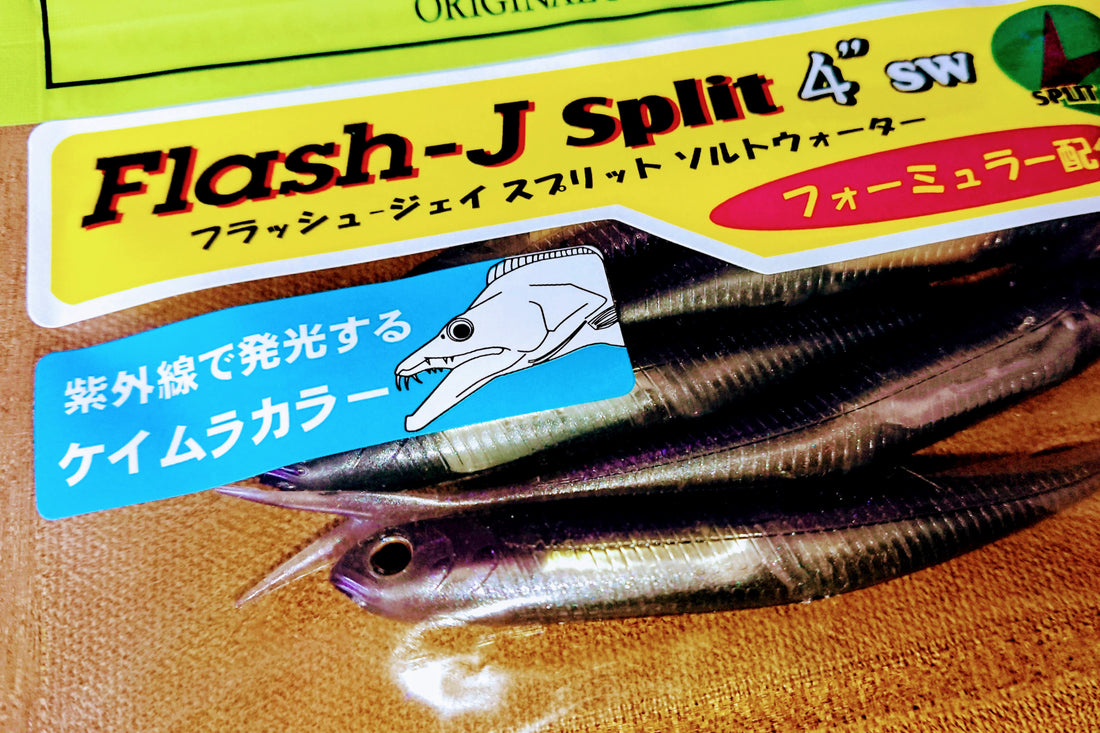
Introduction of Soft Bait Fishing
Share to others
Soft Bait Fishing: A Beginner's Guide
Soft bait fishing, also known as 'softbaiting', is a modern angling technique that has taken New Zealand by storm. It involves using soft, artificial lures, crafted from materials like plastic or rubber, to entice and catch fish. These lures are designed to mimic the appearance and movement of real baitfish, fooling even the wariest of predators. Unlike traditional methods that use natural bait, softbaiting employs a jighead, a specially moulded weighted hook, to which the soft bait is attached. This allows the lure to sink and be retrieved in a lifelike manner, attracting a wide variety of species.
What Makes Soft Bait Fishing So Appealing?
Soft bait fishing has surged in popularity for several reasons:
- Cleanliness: Say goodbye to messy berley and bait! Soft baits are clean and easy to handle.
- Versatility: From snapper and gurnard to kingfish and kahawai, soft baits can entice a wide range of species.
- Active Fishing: Soft baiting is an engaging technique that keeps you actively involved in the fishing process. You'll be constantly casting, retrieving, and experimenting with different techniques to entice a bite.
- Cost-Effective: While there's an initial investment in gear, soft baits are reusable and often outlast traditional bait, making them a cost-effective option in the long run.
Gearing Up for Soft Baiting Success
Ready to give soft baiting a go? Here's the essential soft bait fishing gear you'll need:
Rod
A lightweight and flexible carbon fibre rod is crucial for soft baiting. This type of rod allows for easy casting and effectively transmits the subtle movements of the soft bait lure to the fish. The flexibility of the rod tip is particularly important as it helps absorb the force of a fish strike and reduces the chance of the line breaking, especially when using lighter lines.
Reel
An "eggbeater" style reel (spinning reel) is the preferred choice for soft baiting. Choose a reel that is appropriately sized to match your rod and spooled with a luminous braided line with a strength of 6 or 8 kg. Braided line has minimal stretch, which allows for greater sensitivity and better control over the lure compared to monofilament line. A reel with a smooth and reliable drag system is crucial, as braid's lack of stretch means the drag must be set correctly to prevent break-offs when a fish strikes.
Leader
A fluorocarbon leader is attached to the end of the braided line. Fluorocarbon is nearly invisible underwater, which helps to prevent spooking wary fish. It's also more abrasion resistant than braid, making it suitable for fishing around structures or in areas with rough bottom.
Jigheads
These specially moulded, weighted hooks are used to attach the soft bait lure. The weight of the jighead determines the depth at which the lure will swim and how quickly it will sink.
Soft Bait Lures
These are the heart of the soft bait fishing system. They come in a vast array of shapes, sizes, and colours, mimicking various baitfish to attract different species. Popular brands include Fish Arrow, MAGBITE, Little Jack, Resins. Soft baits are typically made from soft plastic or rubber and are designed to move enticingly in the water, attracting predatory fish.

Fish Arrow 4 inch soft bait glowing the dark
Mastering the Art of Softbaiting: Techniques and Tips
Soft bait fishing is all about presentation. Here's how to effectively present your lure and increase your chances of success:
Casting
Cast your soft bait lure out into the water, aiming in the direction of the drift. Consider factors like depth and current. A good rule of thumb is to cast a couple of metres further than the depth you're fishing. This gives you some line to wind up as the boat drifts, ensuring your soft bait maintains a natural “U” shape as it moves just above the seabed. Adjust your casting angle to avoid hitting the bottom prematurely, particularly in shallow areas with snags.
Retrieve
- The retrieve is where the magic happens. The goal is to impart lifelike movement to the lure. Keep the rod tip wiggling as you reel in the line. This constant motion translates down the braid and causes the soft bait to dance, bob, and weave through the water, mimicking the actions of a small fish darting and diving.
- Experiment with different retrieve techniques. A simple method is to maintain a constant movement on the rod as you gradually retrieve the bait. Other options include jerking, twitching, or a combination of motions to find what works best in the prevailing conditions.
Strike and Hook-Up
- When you feel a bite, resist the urge to strike hard. A hefty jerk can result in the fish only biting off the tail of the lure. Instead, try a gentler lift or continue winding to allow the fish to fully engulf the bait before setting the hook.
- Use a downward sweeping motion to set the hook, pulling the rod towards your body rather than lifting it upwards. This leverages the strength of the rod’s lower section and results in a more solid hook-up.
Key Points to Remember
- Rod Position: Keep the rod low and pointed towards the lure during the retrieve. When a strike occurs, this position allows for a more direct pull and increases your chances of setting the hook securely.
- Wrist Action: Maintain a relaxed wrist during the retrieve. This allows the fish to pull the rod tip down when it bites, reducing the angle of the line and ensuring the hook is set effectively.
- Drag Setting: Ensure your drag is properly adjusted to match the strength of your line. Braid has minimal stretch, so a smooth and reliable drag is crucial to prevent break-offs when fighting a fish.
Tips for Soft Baiting for Snappers
- Match the Hatch: Choose lures that resemble the baitfish prevalent in the area you're fishing.
- Vary Your Retrieve: Experiment with different retrieve speeds and actions to see what triggers the fish to bite.
- Pay Attention to Depth: Adjust the weight of your jighead to fish different depths effectively.
- Practice Makes Perfect: The more you fish with soft baits, the better you'll become at reading the conditions and enticing fish to strike.
Soft bait fishing takes practice, but by mastering these techniques and paying attention to the nuances, you can significantly increase your chances of success on the water. So grab your gear, head out to your favourite fishing spot, and experience the thrill of soft baiting!









